Heart rate monitors: Everything you need to know
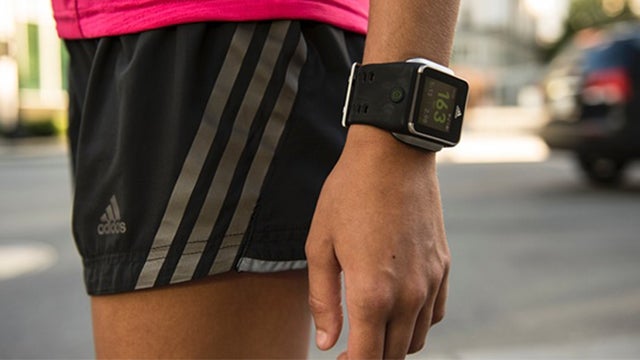
Heart rate monitors – The ultimate guide to most important fitness accesory
The rise of wareable tech has had a major influence on one sector – fitness and exercise. From Jawbone to the Apple Watch, practically every wearable has a feature to monitor how far you’re walking, what you’re eating and how much sleep you’re getting. Measuring your heart rate used to be just for keen beans training for marathons, but it’s become so widespread that even some headphones have tiny little sensors to measure how hard you’re working your ticker.
We’ve thankfully moved on from the clunky chest-strap-and-bulky-watch combination of the 1990s and into much more compact and stylish heart rate monitors, and there’s a wealth of choice for fitness fans who want to up their training game.
Here’s all you need to know about how they work, what’s out there and why you need one to up your training game.
The nitty gritty
Optical heart rate sensors measure your heart rate by shining a microscopic light on your blood vessels and analysing the amount of light reflected back: the less light reflected, the more blood pumping through your veins.
Related: Best fitness bands to buy 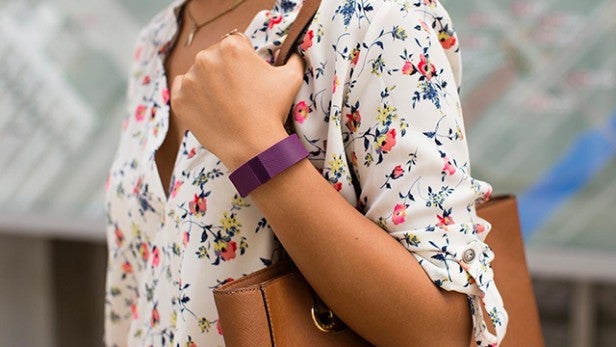
This is measured over time with an electrode to give an overall reading of your heart rate, and can be done by contact with any part of the skin – whether your wrist or, cleverly, your ear – removing the need for the clunky chest strap and watch combination of old.
As well as the light and electrode, most sensors contain an accelerometer, which detects the movement of your body, such as running or cycling. Put all these results together and you get a reading, usually a graph, of your heart rate across your workout.
Most heart rate monitors work on a pairing basis: one device measures the heart rate, while another processes the data into a graph or other display, similar to the trusty chest strap and wrist combination. Nowadays, this translates to a wristband or earphone taking your heart rate and sending it, usually via Bluetooth, to an app on your smartwatch or smartphone for later analysis.
Related: Apple Watch tips and tricks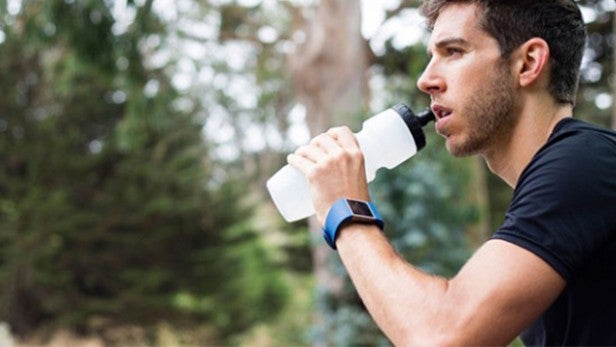
While most heart rate monitors will partner to apps on your existing kit, it does mean you’re dependent on a consistently strong Bluetooth or Wi-Fi connection between the two to get any kind of reliable reading.
Why do I need one?
For most, the answer is to measure your heart rate while exercising to make sure you’re hitting the aerobic zone – the sweet spot where you’re burning fat and where your workout is most effective.
This is between 60 – 80 per cent of your maximum heart rate, and it’s important to know whether you’re under or over it: if you’re under, it means your exercise isn’t working you hard enough, but working out at a consistent heart rate of over 80 per cent of your maximum could lead to health problems.
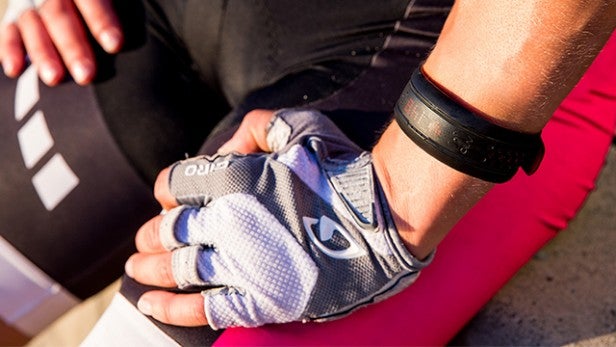
While how much sweat that drenches down your back after a workout may be enough to tell how hard you’re exercising for some, if you’re working towards a specific fitness goal, it’s essential to know your heart rate throughout training.
Beyond that, there’s little evidence to suggest knowing your resting heart rate is of much use beyond satisfying curiosity. It’s interesting to see, for example, whether those deep breathing techniques you’re practising to de-stress are having any real effect on your heart, but knowing your heart rate at every minute of the day isn’t much use.
This is why the heart rate monitor market is exclusively targeted at fitness enthusiasts who want to know how much they’re getting out of their workout with an unobtrusive, light, and effective piece of kit.
Related: Best headphones for running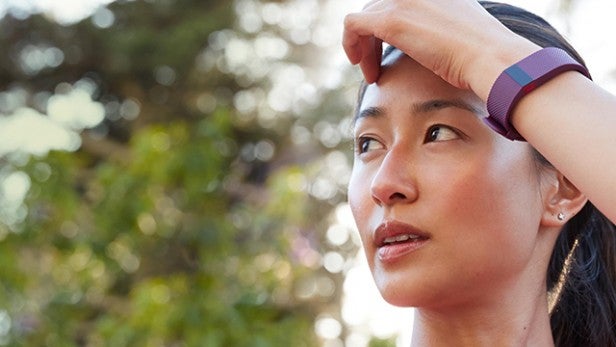
Where to get the best
With the recent spike in the amount of kit for exercise junkies, the tech of heart rate monitors is getting ever more compact, so much so that even headphones can detect your heart rate.
The effectiveness of heart rate monitors are the subject of numerous comparison tests, but ultimately it’s about how much you want to spend and whether you prefer a wrist monitor or something more subtle, like earphones. Whichever you choose, it’s undoubtedly more convenient that a chunky chest strap and partner watch.
Mio is one of the better-known producers of wrist-based heart rate monitors – their range includes cycle-specific bands and Bluetooth connectivity to a range of apps, but their chunky appearance will put off some. The price certainly won’t: Mio’s trackers start at a reasonable £129.

The Fitbit Charge HR is a more stylish option, with different size wristbands and bright colours married with heart rate and sleep tracking functions.
For a runner’s paradise, the Adidas miCoach SmartRun packs a serious punch, with a heart rate monitor, MP3 player and activity tracker that shows progress through your workout and, with a Bluetooth headset, will shout encouragements as you go.
If you find an often-chunky wristband restrictive to your workout, how about unobtrusive earphones that deliver high-quality sound and measure your heart rate? The Jabra Sport Pulse partners Dolby-engineered sound and US Army-level durability and performance, resulting in a Bluetooth headset that’s pretty hard to beat.
Related: Apple Watch vs Pebble Time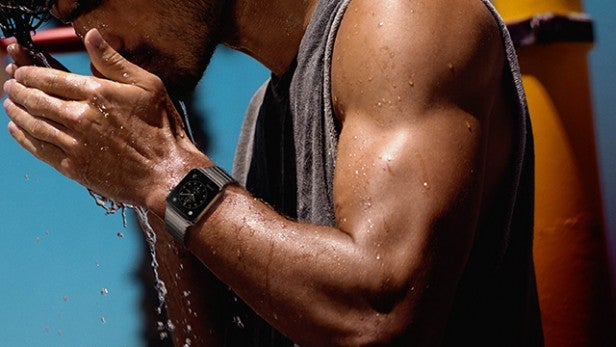
An unlikely marriage between Intel and rapper 50 Cent has resulted in the stylish SMS Audio Biosport, which power up through your headphone jack and syncs with Runkeeper.
One of the most exciting developments on the horizon is the Dash: Kickstarter-funded wireless Bluetooth earphones which not only have a range of settings to eliminate ambient noise or take phone calls on the move, they’re also waterproof and measure your heart rate, calories burned and other vitals. Estimated to start shipping in October, they’re hardly a cheap option at $299 (about £195), but if they deliver all they promise, they’ll become the next hottest piece of workout kit.
Is it worth it?
The whole point of this new wave of heart rate trackers is to integrate existing technology into wristbands, earphones and our modern minimalist lives.
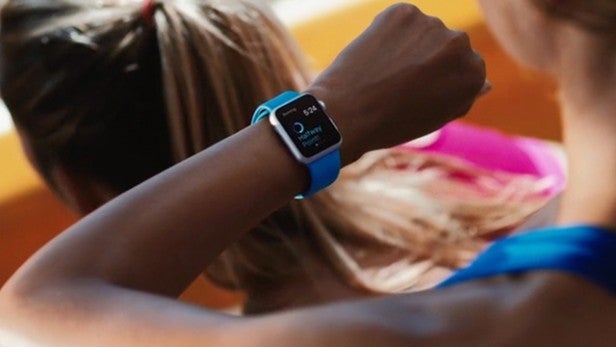
If you’re old school and prefer the chest strap and watch method, chances are you’re getting a more accurate reading, as the electrodes taking the reading are bigger and thus proven to be a more reliable source. If you’re looking for something more compact that syncs with your smartphone and provides data that is easily analysed, these new trackers could revolutionise your workouts.
Whether to go for a earphones or a wristband is a matter of personal preference: the concern with earphones is the reliability and consistency of tracking owing to the fit, but manufacturers are constantly improving this with three and four-point earbud fits.
Flexible straps that can fit on your ankle or wrist are cropping up, integrating personal coaches with heart rate monitors for a more all-round fitness device.
Of course there are smartphone apps that measure your heart rate by pressing your finger against the phone’s camera, but for reliable training data throughout your workout, the optical heart rate monitor is a convenient and essential piece of kit.

